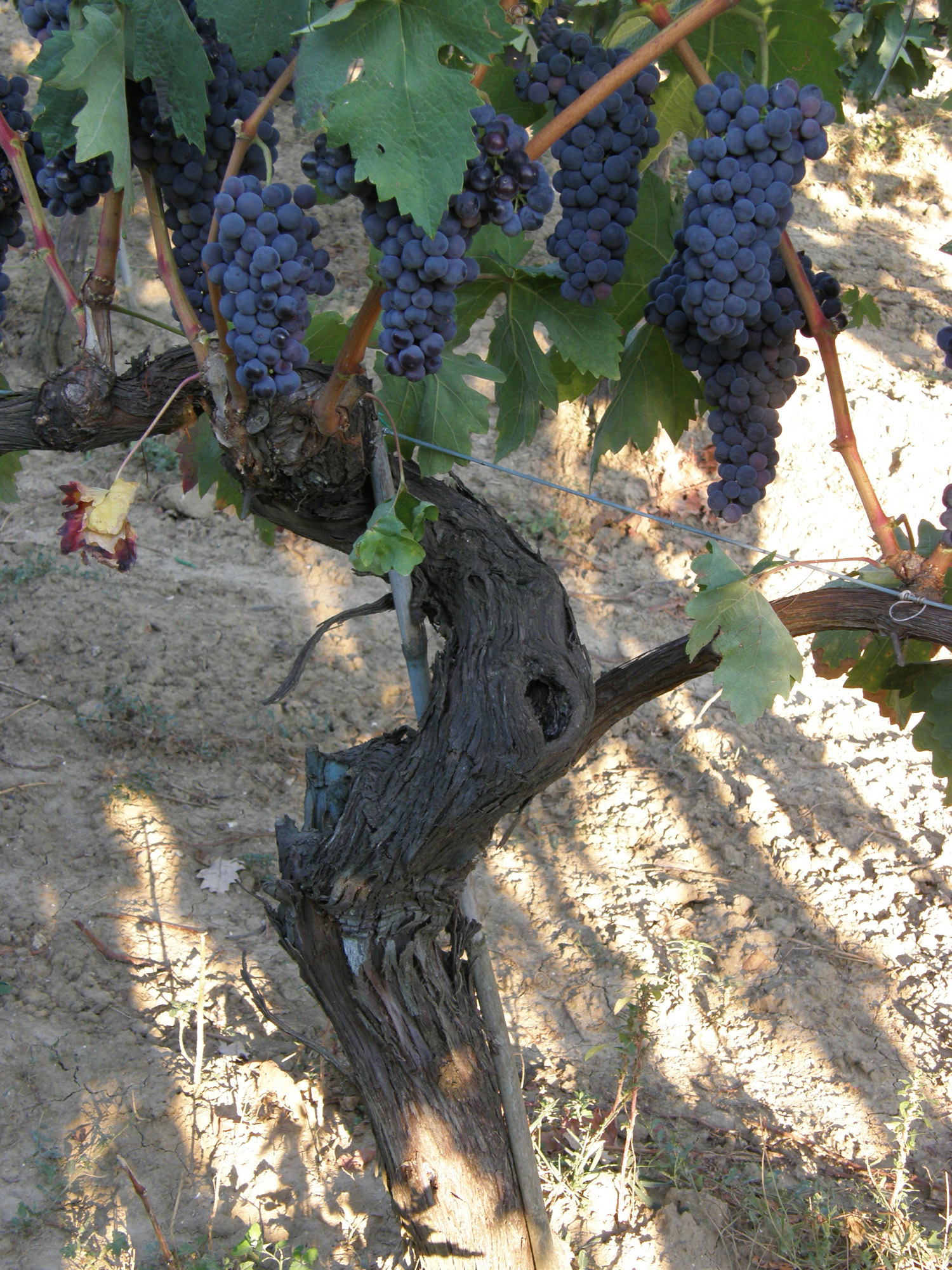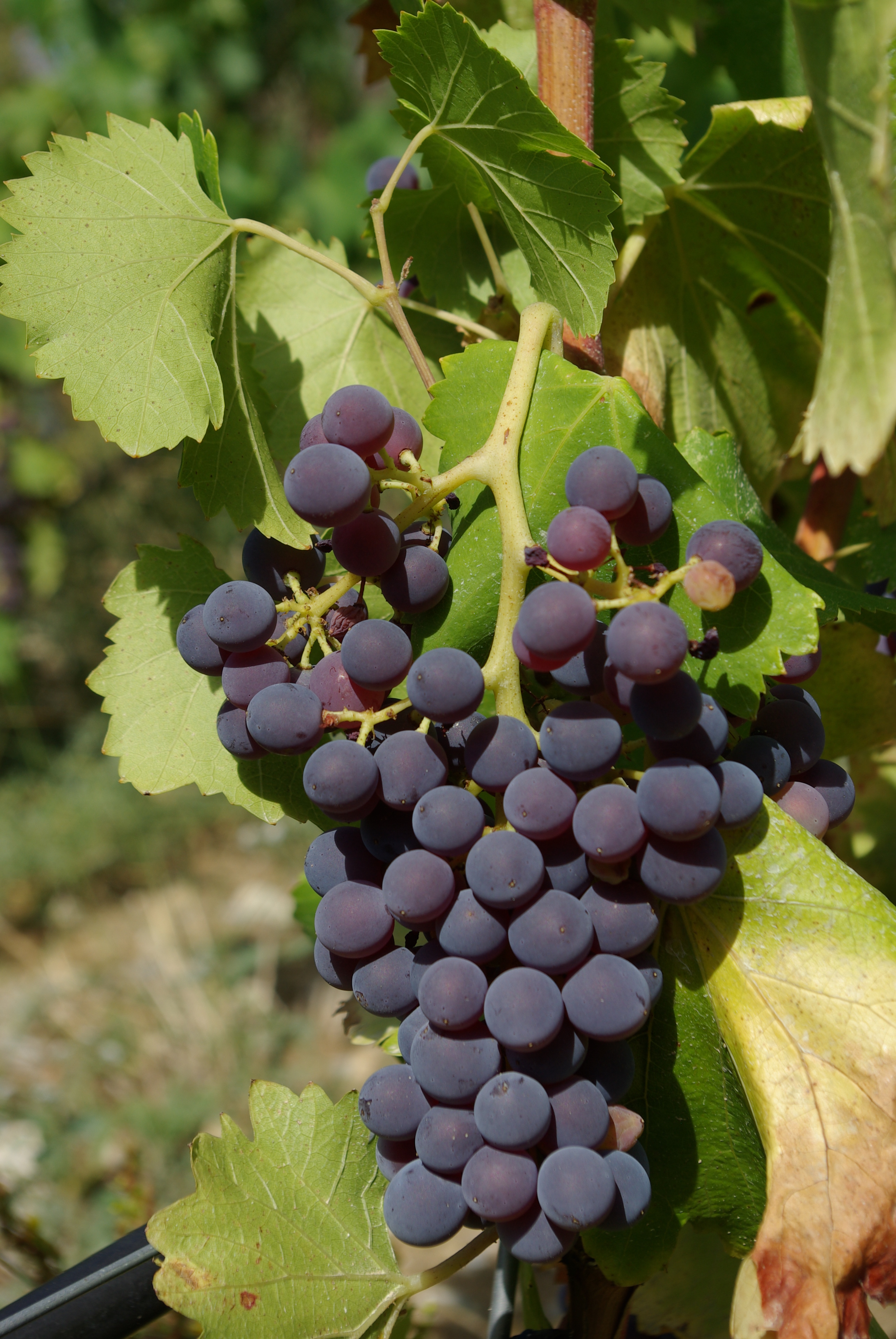|
Tinto (other)
Tinto is the highest in the Tinto Hills in southern Scotland. Tinto may also refer to: * Tinto River, in south-western Andalusia, Spain * An area of Honduras sometimes counted as part of the Mosquito Coast * A fictional city in the computer game series ''Suikoden'' * Tinto Fino, a black grape variety native to Spain * An alternative name for wines made from the Grenache grape * Tinto Brass Giovanni "Tinto" Brass (born 26 March 1933) is an Italian film director and screenwriter. In the 1960s and 1970s, he directed many critically acclaimed avant-garde films of various genres. Today, he is mainly known for his later work in the Erot ... (born 1933), Italian film director and screenwriter See also * Rio Tinto (other) {{disambig ... [...More Info...] [...Related Items...] OR: [Wikipedia] [Google] [Baidu] |
Tinto
Tinto is an isolated hill in the south of the Central Lowlands just to the north of the Southern Uplands of Scotland. It comprises little more than one top, which stands on the west bank of the River Clyde, some west of Biggar. The peak is also called "Tinto Tap", with the name Tinto possibly deriving from the Scottish Gaelic word ', meaning "fiery", which may refer to its ancient past as a look out beacon. Further known as the "Hill of Fire" it is also suggested exposed red hue felsite rock visible in many places on the hill helped give rise to this name due to the effect seen when a setting sun illuminates the hillside. At the summit sits "Tinto Cairn", and with a diameter of and a height of it is one of the largest Bronze Age round cairns in Scotland, most of which are found at lower elevations. An old Scots children's rhyme tells of the "kist in the mist" at "Tintock tap", ' being the Scots word for "chest". On Tintock tap, there is a mist, And in th ... [...More Info...] [...Related Items...] OR: [Wikipedia] [Google] [Baidu] |
Tinto River
The Río Tinto (, '' red river'' or Tinto River) is a highly toxic river in southwestern Spain that rises in the Sierra Morena mountains of Andalusia. It flows generally south-southwest, reaching the Gulf of Cádiz at Huelva. The Río Tinto river has a unique red and orange colour derived from its chemical makeup that is extremely acidic and with very high levels of iron and heavy metals. The name ''río tinto'' means "coloured river" in Spanish, in contrast to most rivers, which are clear. However, "tinto" is also an expression for red wine in Spain, so it is also related to this second meaning. The river maintains its colour for an approximate length of 50 kilometres. After the 50 kilometre mark, the chemistry that makes the Río Tinto river so unique appears to slowly decline, as does the odd colouring. The location where the chemistry of the river is altered is near the town of Niebla. The river's chemistry begins to significantly change following the town of Niebla as the ... [...More Info...] [...Related Items...] OR: [Wikipedia] [Google] [Baidu] |
Mosquito Coast
The Mosquito Coast, also known as Mosquitia, is a historical and Cultural area, geo-cultural region along the western shore of the Caribbean Sea in Central America, traditionally described as extending from Cabo Camarón, Cape Camarón to the Chagres River, River Chagres. The name derives from the Miskito people, one of the Indigenous inhabitants of the region. The area was historically associated with the ''Kingdom of Mosquitia'', an Indigenous polity that exercised varying degrees of autonomy from the 17th to the 19th centuries. In the late 19th century, the kingdom was succeeded by the ''Mosquito Reservation'', a territory established through Treaty, international agreements aimed at preserving a degree of local governance. During the 19th century, the question of the kingdom's borders was a serious issue of international diplomacy between Britain, the United States, Nicaragua, and Honduras. Conflicting claims regarding both the kingdom's extent and arguable nonexistence were ... [...More Info...] [...Related Items...] OR: [Wikipedia] [Google] [Baidu] |
Suikoden
is a series of role-playing video games developed and published by Konami. Created by Yoshitaka Murayama, the games are loosely based on the classical Chinese novel '' Water Margin'', whose title is rendered as in Japanese. Each individual game centers on themes of politics, corruption, revolution, mystical crystals known as ''True Runes'', and the " 108 Stars of Destiny"—the 108 protagonists who are loosely interpreted from the source material. Although the events of the games are not chronological, the entire series (except for ''Tierkreis'' and ''Tsumugareshi Hyakunen no Toki'') takes place within the same world, among continuing and overlapping histories. In some cases, several characters appear in multiple installments. A spiritual successor to the series titled '' Eiyuden Chronicle: Hundred Heroes'' was released on 23 April 2024. A high-definition remaster of the first two games' port on the PlayStation Portable under the title ''Suikoden I & II HD Remaster: Gate Ru ... [...More Info...] [...Related Items...] OR: [Wikipedia] [Google] [Baidu] |
Tinto Fino
Tempranillo (also known as Ull de Llebre, Cencibel, Tinto Fino and Tinta del País in Spain, Aragonez or Tinta Roriz in Portugal, and several other synonyms elsewhere) is a black grape variety widely grown to make full-bodied red wines in its native Spain. Its name is the diminutive of the Spanish ''temprano'' ("early"), a reference to the fact that it ripens several weeks earlier than most Spanish red grapes. Tempranillo has been grown on the Iberian Peninsula since the time of Phoenician settlements. It is the main grape used in Rioja, and is often referred to as Spain's noble grape. The grape has been planted throughout the globe's wine regions. In 2015, Tempranillo was the fourth most widely planted wine grape variety worldwide with under vine, of which 87% was in Spain where it is the most planted red grape variety. Unlike more aromatic red wine varieties like Cabernet Sauvignon, Sangiovese and Pinot noir, Tempranillo has a relatively neutral profile so it is ofte ... [...More Info...] [...Related Items...] OR: [Wikipedia] [Google] [Baidu] |
Grenache
Grenache (; ) or Garnacha () is one of the most widely planted red wine grape varieties in the world. Niels Lillelund: ''Rhône-Vinene'' p. 25, JP Bøger – JP/Politikens Forlagshus A/S, 2004. . It ripens late, so it needs hot, dry conditions such as those found in Spain, where the grape is believed to have originated. It is also grown in the Italian island of Sardinia, the south of France, Australia, and California's Monterey AVA, Paso Robles, Santa Barbara County and San Joaquin Valley. It is generally spicy, berry-flavored and soft on the palate and produces wine with a relatively high alcohol content, but it needs careful control of yields for best results. Characteristic flavor profiles on Grenache include red fruit flavors (raspberry and strawberry) with a subtle, white pepper spice note. Grenache wines are highly prone to oxidation, with even young examples having the potential to show browning (or "bricking") coloration that can be noticed around the rim when ... [...More Info...] [...Related Items...] OR: [Wikipedia] [Google] [Baidu] |
Tinto Brass
Giovanni "Tinto" Brass (born 26 March 1933) is an Italian film director and screenwriter. In the 1960s and 1970s, he directed many critically acclaimed avant-garde films of various genres. Today, he is mainly known for his later work in the Erotic film, erotic genre, with films such as ''Caligula (film), Caligula'', ''All Ladies Do It, Così fan tutte'' (released under the English title ''All Ladies Do It''), ''Paprika (1991 film), Paprika'', ''Monella (film), Monella'' (''Frivolous Lola'') and ''Trasgredire''. Career Avant-garde cinema In the 1960s and 1970s, Brass was considered a promising experimental and avant-garde director, and his debut film Chi lavora è perduto, ''Who Works Is Lost'' got very favorable reviews after screening at Venice Film Festival 1963. In 1964, he was commissioned by Umberto Eco to create two short films experimenting with visual language for the 13th Triennale di Milano – ''Tempo Libero'' and ''Tempo Lavorativo''. Throughout the 1960s and early 19 ... [...More Info...] [...Related Items...] OR: [Wikipedia] [Google] [Baidu] |



